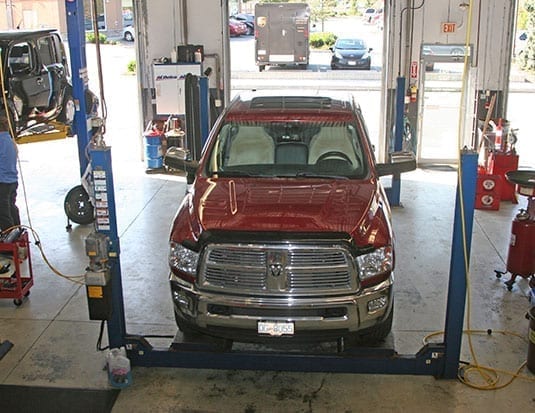It’s my understanding that anyone 19 (in most Canadian provinces) and older can now purchase, use and grow cannabis.
What if your employees are using it at work? There are hazards in any shop or store… an off-kilter stairstep in an older building everyone’s gotten used to; the hoist area; welding stations; the loading dock.These could all turn into dangerous situations. And, of course, it’s not just cannabis use that affects performance or judgment, there are other causes, too, including alcohol, street drugs, certain medications, etc. The point is they have to be recognized and their dangers acknowledged.
Putting others at risk
People who use cannabis are endangering not only themselves but also co-workers plus people coming into the shop or store. That puts the onus on others in the same environment to be aware and take responsibility. If one employee seems to be under the influence, the situation must be addressed for the good of all. Employers need to step up and take responsibility for other employees and the consumers coming into the store or shop.
We researched some government information regarding cannabis in the workplace and found these bits of wisdom, which it would be wise to note. It’s your business. You’re responsible for those in it and those who come in for service. What about the person on cannabis working the hoist with that 3,000 lb. vehicle on it? Or the fire hazard for oxy-acetylene welders? Also, what about handling parts and making sure you have the correct ones for each R/O?
A shared responsibility
Employers and employees alike should be prepared to prevent the risk of cannabis impairment at work and should note the following employer and employee responsibilities.
Employers should:
- Ensure the health and safety of all employees at work.
- Address physical and/or psychological hazards in their workplace, including when impaired.
- Work with employee representatives to develop, implement and evaluate a hazard prevention program to monitor and prevent hazards.
- Include policies on substance use and impairment in hazard prevention programs, when use of cannabis and other causes of impairment represents a hazard.
Employees must:
- Work safely.
- Understand the impact using substances (medical/therapeutic or non-medical) can have on their safety and that of others.
- Report to their employer any thing or circumstance that’s likely to be hazardous to the employees or any other person in the workplace.
- Inform their employer if a medical condition or treatment may cause impairment and impact their ability to perform their job safely.
- Follow all instructions provided by the employer concerning the health and safety of employees.
For more information on accommodating substance dependence, read the Canadian Human Rights Commission’s guide Impaired at Work–A guide to accommodating substance dependence.
Tools and resources:
- Fact sheets, legislative services, courses/e-learning, publications, posters and additional resources, Canadian Centre for Occupational Health and Safety, impairment.
- White paper, Canadian Centre for Occupational Health and Safety.
Workplace strategies:
- Risk of impairment from cannabis.
Report:
- Canadian Centre on Substance Use and Addiction, A review of workplace substance use policies in Canada.
Guide and toolkit:
- Atlantic Canada Council on Addiction, Problematic substance use that impacts the workplace.
Many sites give help about what you should do in case an employee is on cannabis… how you can help them, help the other employees and help your business.
It’s your responsibility!



